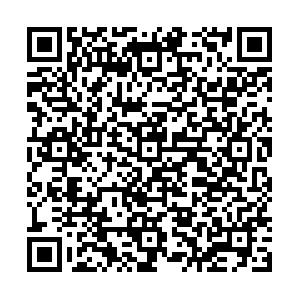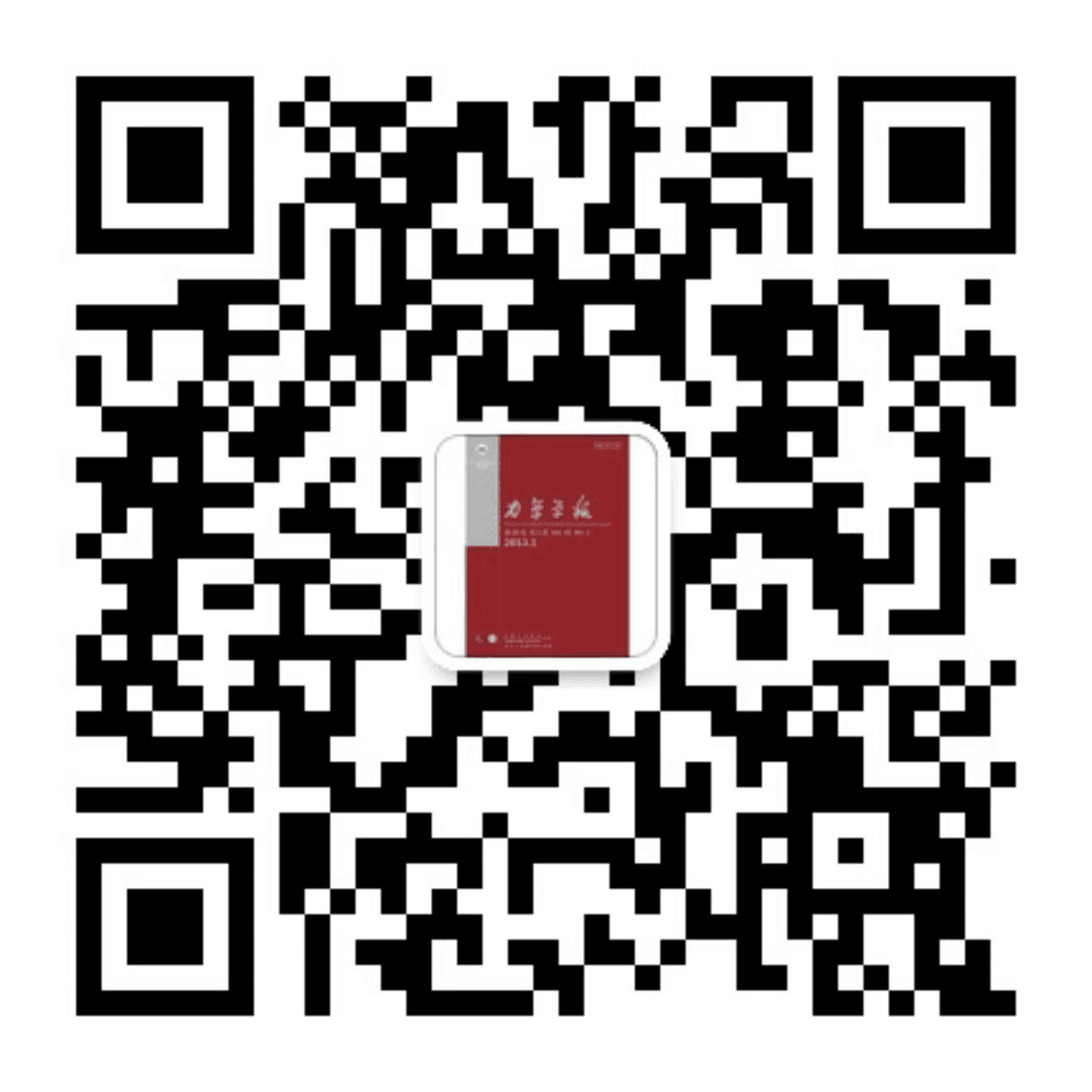NONLINEAR ELECTROMECHANICAL MODELING OF PENDULUM-TYPE TRIBOELECTRIC NANOGENERATORS
-
摘要: 面向摆式摩擦发电机结构优化设计需求, 开展非线性机电耦合建模与参数敏感性分析, 以推动其向工程实用化方向发展. 在摩擦发电机理分析的基础上, 构建等效电容拟合函数; 结合能量原理和等效电路法, 建立了考虑摆角非线性变化的机电耦合模型. 利用谐波平衡法, 解析求解摆式摩擦发电机的周期稳态输出, 并判断结果稳定性. 结合数值积分和动态测试两种手段, 验证谐波平衡分析的准确性. 与线性模型结果进行深入对比, 并考察了不同设计参数对摆式摩擦发电机输出特性的影响. 考虑非线性效应, 模型预估的工作带宽显著增加(相对增量83%). 文章提出的机电耦合模型能够有效避免线性模型对工作带宽的低估问题, 显著提升输出性能估计的准确性; 增加激励幅值、降低系统阻尼或减小电极夹角, 均有助于提升摆式摩擦发电机的输出表现; 在实际设计时, 需综合考虑间隙长度和摩擦力幅值, 以使摆式摩擦发电机输出表现处于较优状态; 构建多种拟合模型用于表征设计参数与输出性能的关系, 可作为摆式摩擦发电机输出性能设计的依据.Abstract: By reasonably designing the pendulum length, the natural frequency of a pendulum structure can be effectively reduced, so that it can realize resonance under low frequency (even ultra-low frequency) vibration excitation, and then greatly improve the energy conversion performance. The pendulum-type triboelectric nanogenerator (P-TENG) has naturally become the focus of academic attention. In this study, nonlinear electromechanical coupling modeling and parameter sensitivity analysis are conducted to optimize the structural design of the P-TENG, so as to promote its development towards engineering practicability. Based on the analysis of power generation mechanism, an equivalent capacitance model is proposed. Combined with the energy principle and equivalent circuit method, an electromechanical coupling model considering the nonlinear variation of pendulum angle is established. Using the harmonic balance method and alternated frequency/time domain technique, the steady-state output of the P-TENG is solved analytically, and the stability of the results is determined. Numerical integration and dynamic tests are conducted to verify the accuracy of analytical model. The results are compared with the linear model and the influence of various design parameters on the output characteristics of the P-TENG is investigated. Considering the nonlinear effects, the estimated operating bandwidth of the model increases significantly (by a relative increment of 83%). The proposed model can effectively avoid the underestimation of the operation bandwidth and significantly improve the accuracy of the P-TENG performance estimation. Increasing the excitation amplitude, reducing the damping ratio, and minimizing the electrode angle can improve the output performance of the P-TENG. Various fitting models have been proposed to model the relationship between design parameters and output performance. The fitting coefficients obtained from the parameter influence discussion can be used as the basis for the P-TENG output performance design.
-
表 1 电容仿真时P-TENG结构参数
Table 1. Structural parameters of the simulated P-TENG
electrode outer diameter/mm 60 electrode inner diameter/mm 10 electrode thickness/mm 0.050 electrode angle/(°) 0.95 center angle of the pendulum/(°) 46 pendulum outer diameter/mm 55 pendulum thickness/mm 5 -
[1] 赵林川, 邹鸿翔, 刘丰瑞等. 压电与摩擦电复合型旋转能量采集动力学协同调控机制研究. 力学学报, 2021, 53(11): 2961-2971 (Zhao Linchuan, Zou Hongxiang, Liu Fengrui, et al. Hybrid piezoelectric-triboelectric rotational energy harvester using dynamic coordinated modulation mechanism. Chinese Journal of Theoretical and Applied Mechanics, 2021, 53(11): 2961-2971 (in Chinese) doi: 10.6052/0459-1879-21-410Zhao Linchuan, Zou Hongxiang, Liu Fengrui, Wei Kexiang, Zhang Wenming. Hybrid piezoelectric-triboelectric rotational energy harvester using dynamic coordinated modulation mechanism. Chinese Journal of Theoretical and Applied Mechanics, 2021, 53(11): 2961-2971(in Chinese)) doi: 10.6052/0459-1879-21-410 [2] 李申芳, 王军雷, 王中林. 利用摩擦纳米发电机的流体能量俘获研究新进展. 力学学报, 2021, 53(11): 2910-2927 (Li Shenfang, Wang Junlei, Wang Zhonglin. Progression on fluid energy harvesting based on triboelctric nanogenerators. Chinese Journal of Theoretical and Applied Mechanics, 2021, 53(11): 2910-2927 (in Chinese)Li Shenfang, Wang Junlei, Wang Zhonglin. Progression on fluid energy harvesting based on triboelctric nanogenerators. Chinese Journal of Theoretical and Applied Mechanics, 2021, 53(11): 2910-2927(in Chinese)) [3] 吴义鹏, 周圣鹏, 裘进浩等. 用于超低频振动能收集的压电弹簧摆结构设计与实现. 振动工程学报, 2019, 32(5): 750-756 (Wu Yipeng, Zhou Shengpeng, Qiu Jinhao, et al. Design and implementation of a piezoelectric spring pendulum structure applied in ultra-low frequency vibration energy harvesting. Journal of Vibration Engeineering, 2019, 32(5): 750-756 (in Chinese) doi: 10.16385/j.cnki.issn.1004-4523.2019.05.002Wu Yipeng, Zhou Shengpeng, Qiu Jinhao, Ji Hongli. Design and implementation of a piezoelectric spring pendulum structure applied in ultra-low frequency vibration energy harvesting. Journal of Vibration Engeineering, 2019, 32(05): 750-756(in Chinese)) doi: 10.16385/j.cnki.issn.1004-4523.2019.05.002 [4] 陈伟, 项载毓, 钱泓桦等. 基于摩擦自激振动升频效应的超低频振动能量收集. 机械工程学报, 2021, 57(15): 160-167 (Chen Wei, Xiang Zaiyu, Qian Honghua, et al. The frequency-up-conversion effect driven by friction-induced vibration for ultra-low frequency vibration energy harvesting. Journal of Mechanical Engeineering, 2021, 57(15): 160-167 (in Chinese) doi: 10.3901/JME.2021.15.160Chen Wei, Xiang Zaiyu, Qian Honghua, Mo Jiliang. The frequency-up-conversion effect driven by friction-induced vibration for ultra-low frequency vibration energy harvesting. Journal of Mechanical Engeineering, 2021, 57(15): 160-167(in Chinese)) doi: 10.3901/JME.2021.15.160 [5] Wu Y, Qiu J, Zhou S, et al. A piezoelectric spring pendulum oscillator used for multi-directional and ultra-low frequency vibration energy harvesting. Applied Energy, 2018, 231: 600-614 doi: 10.1016/j.apenergy.2018.09.082 [6] Kecik K. Assessment of energy harvesting and vibration mitigation of a pendulum dynamic absorber. Mechanical Systems and Signal Processing, 2018, 106: 198-209 doi: 10.1016/j.ymssp.2017.12.028 [7] Kumar R, Gupta S, Ali S. Energy harvesting from chaos in base excited double pendulum. Mechanical Systems and Signal Processing, 2019, 124: 49-64 doi: 10.1016/j.ymssp.2019.01.037 [8] Lee S, Lee Y, Kim D, et al. Triboelectric nanogenerator for harvesting pendulum oscillation energy. Nano Energy, 2013, 2(6): 1113-1120 doi: 10.1016/j.nanoen.2013.08.007 [9] He C, Chen B, Jiang T, et al. Radial-grating pendulum-structured triboelectric nanogenerator for energy harvesting and tilting-angle sensing. Advanced Materials Technologies, 2018, 3(4): 1700251 doi: 10.1002/admt.201700251 [10] Lin Z, Zhang B, Guo H, et al. Super-robust and frequency-multiplied triboelectric nanogenerator for efficient harvesting water and wind energy. Nano Energy, 2019, 64: 103908 doi: 10.1016/j.nanoen.2019.103908 [11] Yang H, Deng M, Tang Q, et al. A nonencapsulative pendulum-like paper-based hybrid nanogenerator for energy harvesting. Advanced Energy Materials, 2019, 9(33): 1901149 doi: 10.1002/aenm.201901149 [12] Niu S, Liu Y, Chen X, et al. Theory of freestanding triboelectric-layer-based nanogenerators. Nano Energy, 2015, 12: 760-774 doi: 10.1016/j.nanoen.2015.01.013 [13] Niu S, Liu Y, Wang S, et al. Theory of sliding-mode triboelectric nanogenerators. Advanced Materials, 2013, 25: 6184-6193 doi: 10.1002/adma.201302808 [14] Niu S, Liu Y, Wang S, et al. Theoretical investigation and structural optimization of single-electrode triboelectric nanogenerators. Advanced Functional Materials, 2014, 24(22): 3332-3340 doi: 10.1002/adfm.201303799 [15] Niu S, Wang S, Liu Y, et al. A theoretical study of grating structured triboelectric nanogenerators. Energy & Environmental Science, 2014, 7(7): 2339-2349 [16] Zhou Y, Li S, Niu S, et al. Effect of contact- and sliding-mode electrification on nanoscale charge transfer for energy harvesting. Nano Research, 2016, 9(12): 3705-3713 doi: 10.1007/s12274-016-1241-4 [17] Xu C, Zi Y, Wang A, et al. On the electron-transfer mechanism in the contact-electrification effect. Advanced Materials, 2018, 30(15): 1706790 doi: 10.1002/adma.201706790 [18] Dharmasena R, Jayawardena K, Mills C, et al. Triboelectric nanogenerators: providing a fundamental framework. Energy & Environmental Science, 2017, 10(8): 1801-1811 [19] Ghaffarinejad A, Hasani J. Modeling of triboelectric charge accumulation dynamics at the metal–insulator interface for variable capacitive structures: application to triboelectric nanogenerators. Applied Physics A, 2019, 125(4): 259.1-259.14 [20] Hinchet R, Ghaffarinejad A, Lu YX et al. Understanding and modeling of triboelectric-electret nanogenerator. Nano Energy, 2018, 47: 401-409 doi: 10.1016/j.nanoen.2018.02.030 [21] Wu Z, Bi M, Cao Z, et al. Largely enhanced electrostatic generator based on a bipolar electret charged by patterned contact micro-discharge and optimized substrates. Nano Energy, 2020, 71: 104602 [22] Bi M, Wu Z, Wang S, et al. Optimization of structural parameters for rotary freestanding-electret generators and wind energy harvesting. Nano Energy, 2020, 75: 104968 doi: 10.1016/j.nanoen.2020.104968 [23] Cao Z, Chu Y, Wang S, et al. Theoretical analysis of sensor properties of contact-separation mode nanogenerator-based sensors. Nano Energy, 2021, 79: 105450 doi: 10.1016/j.nanoen.2020.105450 [24] Chu Y, Cao Z, Xu J, et al. Theoretical study of nanogenerator with resistive load and its sensing performance as a motion sensor. Nano Energy, 2021, 81: 105628 doi: 10.1016/j.nanoen.2020.105628 [25] Sun W, Jiang Z, Xu X, et al. Electromechanical coupling modeling and analysis of contact-separation mode triboelectric nanogenerators. International Journal of Non-Linear Mechanics, 2021, 136: 103773 doi: 10.1016/j.ijnonlinmec.2021.103773 [26] Sun W, Jiang Z, Xu X, et al. Harmonic balance analysis of output characteristics of free-standing mode triboelectric nanogenerators. International Journal of Mechanical Sciences, 2021, 207: 106668 doi: 10.1016/j.ijmecsci.2021.106668 [27] Qi Y, Liu G, Gao Y, et al. Frequency band characteristics of a triboelectric nanogenerator and ultra-wide-band vibrational energy harvesting. ACS Applied Materials & Interfaces, 2021, 13(22): 26084-26092 [28] Groll G, Ewins D. The HBM with arc-length continuation in rotor stator contact problems. Journal of Sound and Vibration, 2001, 241(2): 223-233 doi: 10.1006/jsvi.2000.3298 [29] Cameron T, Griffin J. An alternating frequency/time domain method for calculating the steady-state response of nonlinear dynamic systems. Journal of Applied Mechanics, 1989, 56(1): 149-154 doi: 10.1115/1.3176036 [30] Fafard M, Massicotte B. Geometrical interpretation of the arc-length method. Computers and Structures, 1993, 46(4): 603-615 doi: 10.1016/0045-7949(93)90389-U -





 下载:
下载:


























